Polaroid Go (Gen 2) review: the only Polaroid you should buy in 2024
The Polaroid Go Gen 2 is the purest example of instant photography on the market today

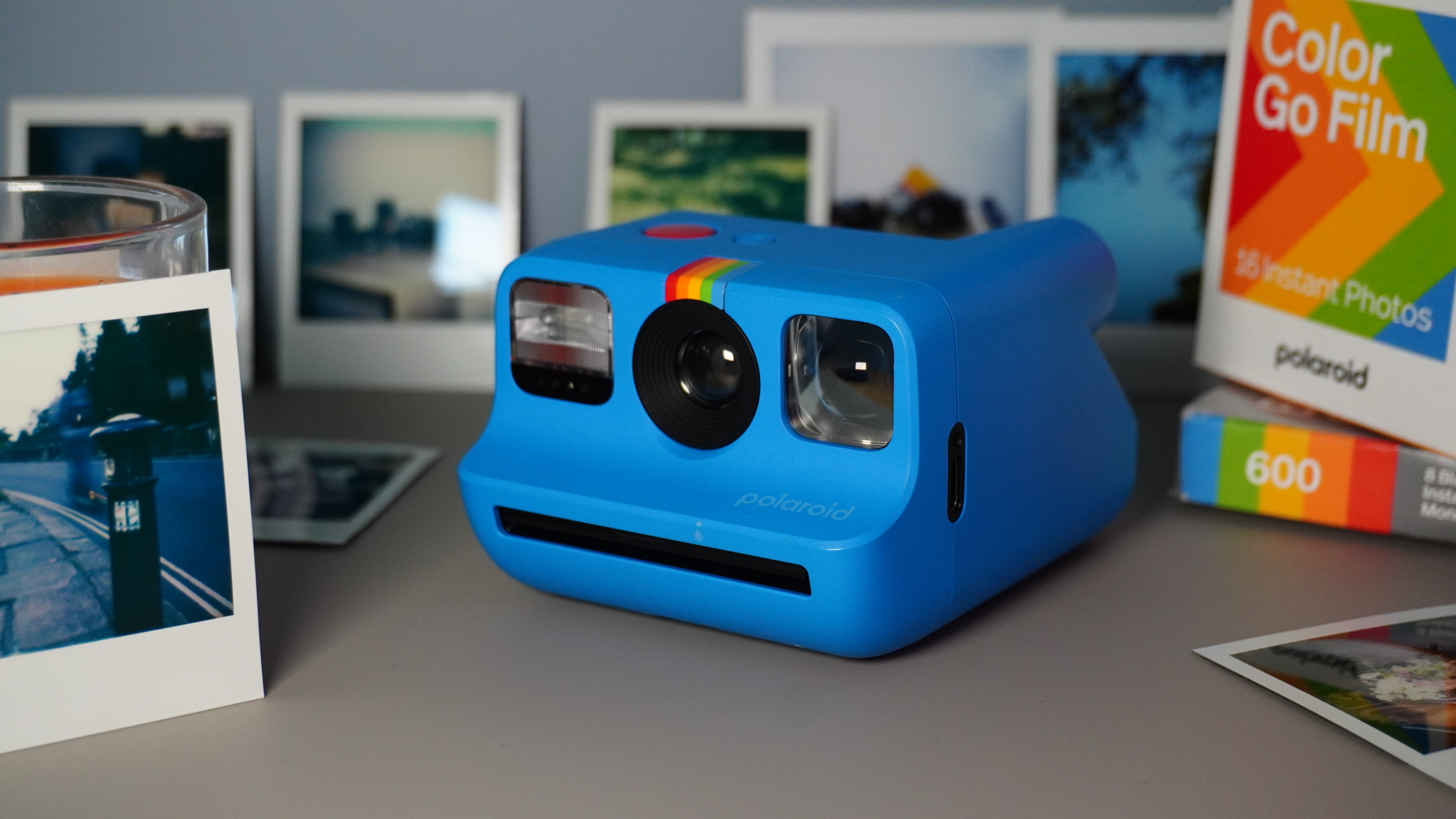
As the smallest instant camera on the market, the Polaroid Go (Gen 2) wholeheartedly embodies the spirit which the segment was founded on. Don't expect perfection, but you'll certainly have an unprecedented amount of fun
-
+
Brilliantly compact
-
+
Idiot-proof operation
-
+
Simply great fun to use
-
-
Chemistry is temperamental
-
-
No manual controls
Why you can trust T3
We're massive fans of instant cameras here at T3. These retro-tinged units offer a glimpse into a bygone era, where digital sensors were a thing of the future and burst mode sounded like something you'd head to the repair shop for.
There are a whole range of different models on the market right now. But, it's fair to say, none of them have the original kudos and cool of Polaroid. The iconic camera brand's popularity spanned multiple decades, capturing some of the most iconic pop culture moments in history.
Today, I have the Polaroid Go (Gen 2). This diminutive bundle of fun is the smallest instant camera on the market today, using the equally miniature Polaroid Go film to produce images. Is it any good? Well, lets take a look.
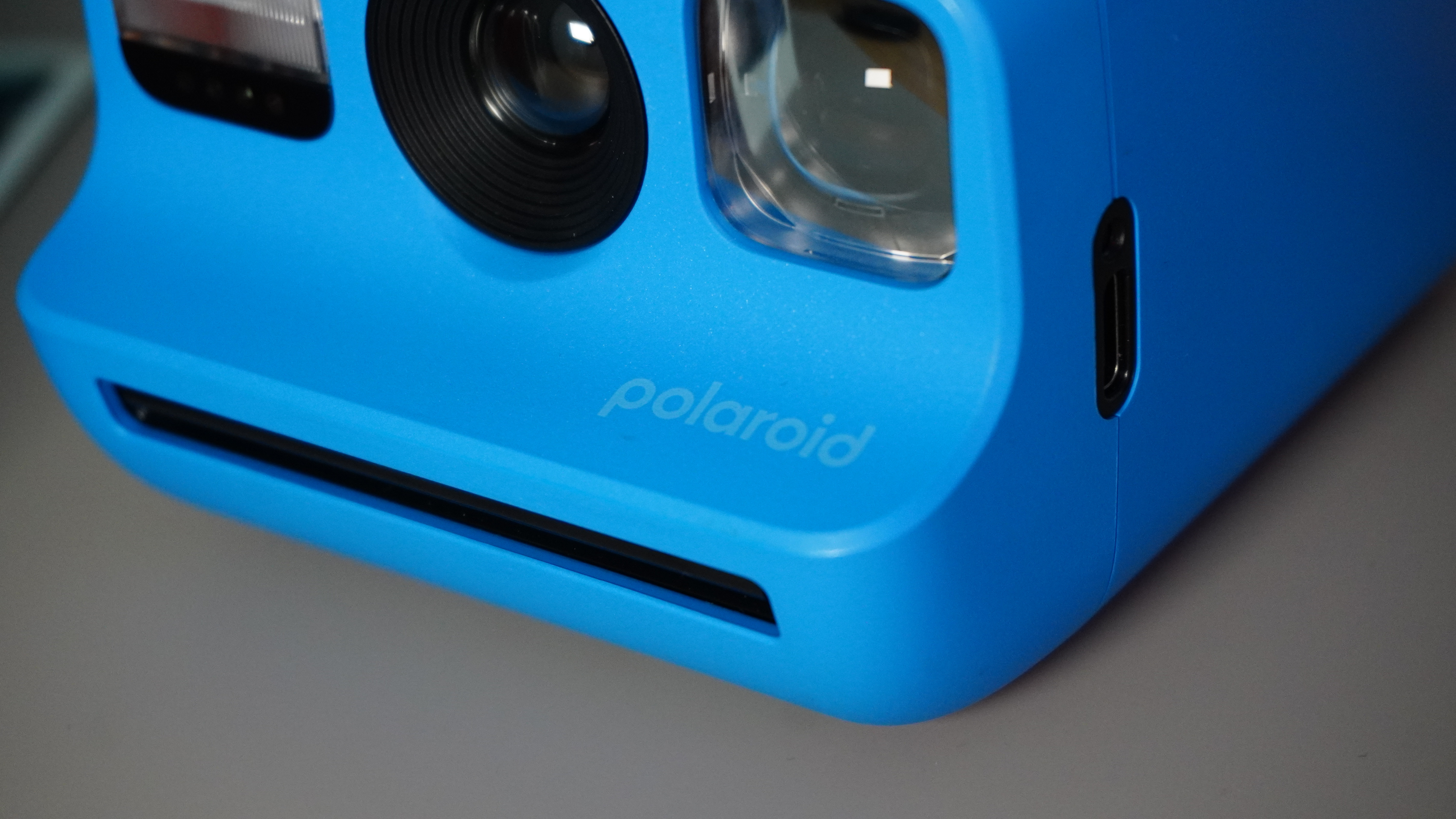
Polaroid Go (Gen 2) review: Price and Availability
The Polaroid Go (Gen 2) costs £79.99 in the UK and $79.99 in the USA. The device is available from a range of different stores, including the Polaroid website directly.
Polaroid Go (Gen 2) review: Features
There's really not a lot to say about this camera. That's not a bad thing, either – simplicity is key with a camera like this, and here there really is nothing more to do than point, shoot, wait for development and enjoy.
There are a grand total of three buttons on the device. Let's start on the rear panel. There, a small screen denotes the shutter count and the flash setting, with a black power button inside.
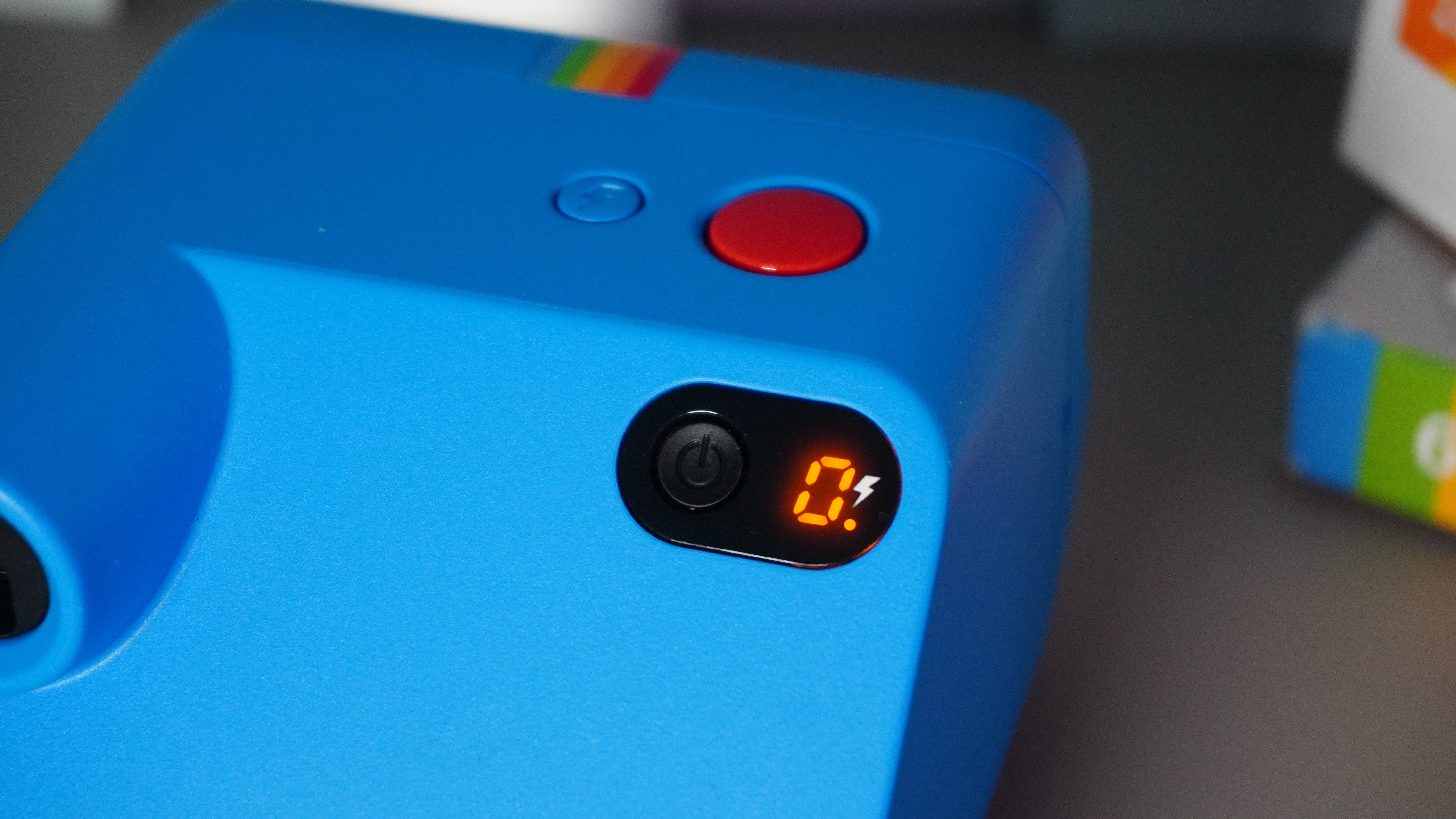
Next, we move to the top of the device. There, a big red button sits, which fires the shutter. Sitting beside that is a flash button, complete with the lightning bolt symbol. There's much more going on here, though, bringing to life the modest feature set in all its glory.
Get all the latest news, reviews, deals and buying guides on gorgeous tech, home and active products from the T3 experts
As you'd probably have guessed, pressing this button toggles on and off the flash. Double tap it, though, and you enter double exposure mode. That's great for getting some creative shots. Plus, if you hold down the flash button, you'll enter the self-timer mode, as denoted by a small orange light beneath the flash.
Speaking of the flash – there is one! Polaroid call this a "vacuum discharge tube storage" system, but you don't need to concern yourself with the semantics of it too much. Simply put, this flash is blindingly bright.
Next to that is the lens. That's a fixed-focus, plastic lens, with no controls on offer. Apertures range from F9 to F42 depending on the lighting conditions, though. Finally, you'll find the viewfinder on the opposite side to the flash. The front side of that is coated with a reflective coating, making it usable as a selfie mirror.
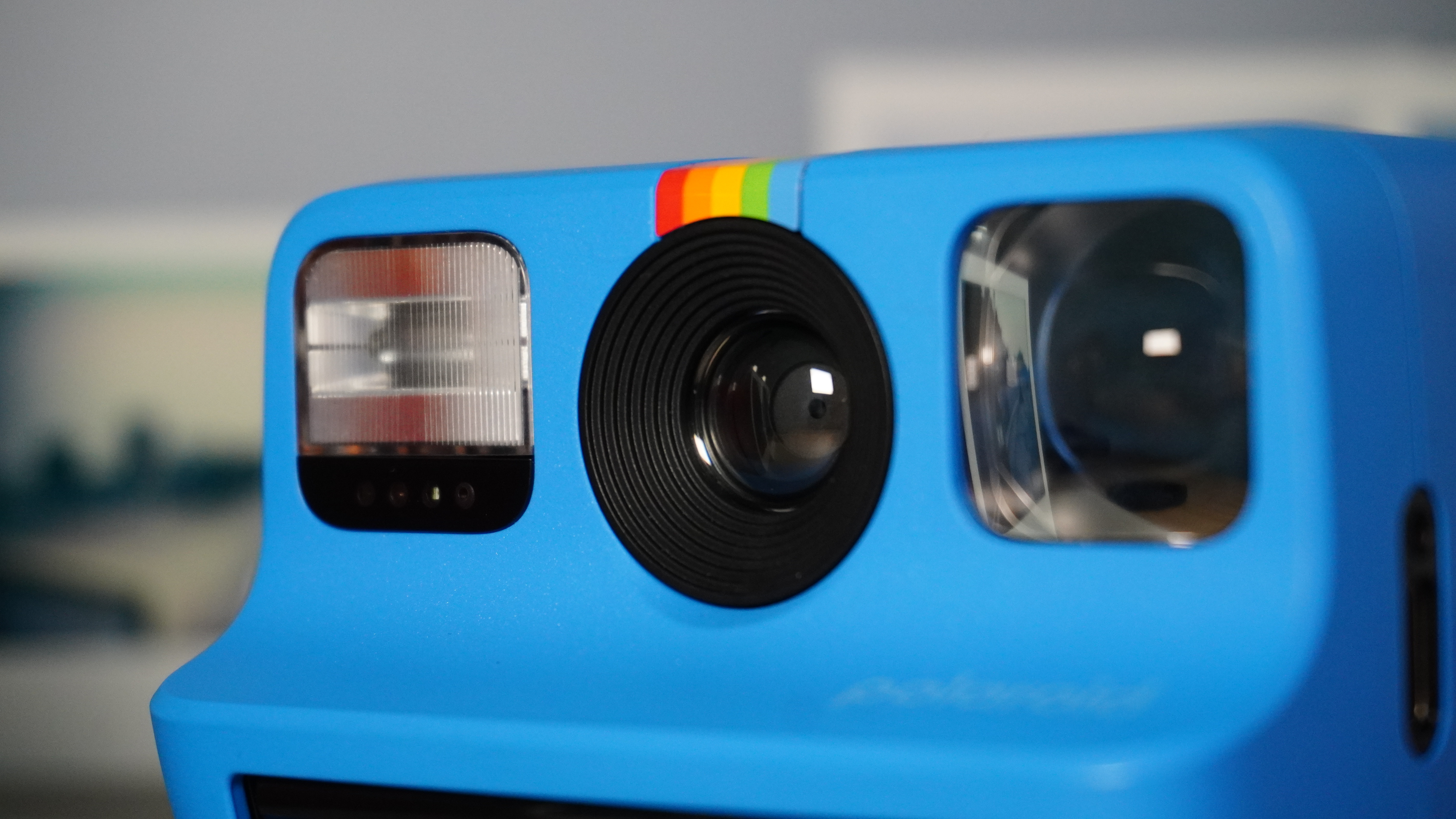
Polaroid Go (Gen 2) review: Performance
The Polaroid Go (Gen 2) is an unquestionably good looking camera. Frankly, it's cuter than a Golden Retriever puppy who hasn't quite learned how to balance – but none of that matters if it doesn't work well.
So lets dive in. Starting with the shooting experience, this is really brilliant to use. The small form factor makes it effortlessly easy to grip with one hand. Pair that up with the simple operation and it's just a breeze to use.
The picture-taking experience is a real mixed bag. With no control over the focus or the exposure, you really are having to simply point and shoot (and hope). I'd say about 75% of the time, that works well. However, there are occasions where the image is overexposed, or focused on the background of an image, rather than the subject.
While we're talking about the film, it's worth mentioning the chemistry itself. Polaroid film often gets a bad rap – quite undeservedly so in my experience. It's not necessarily bad, but it is different to the popular Instax film.
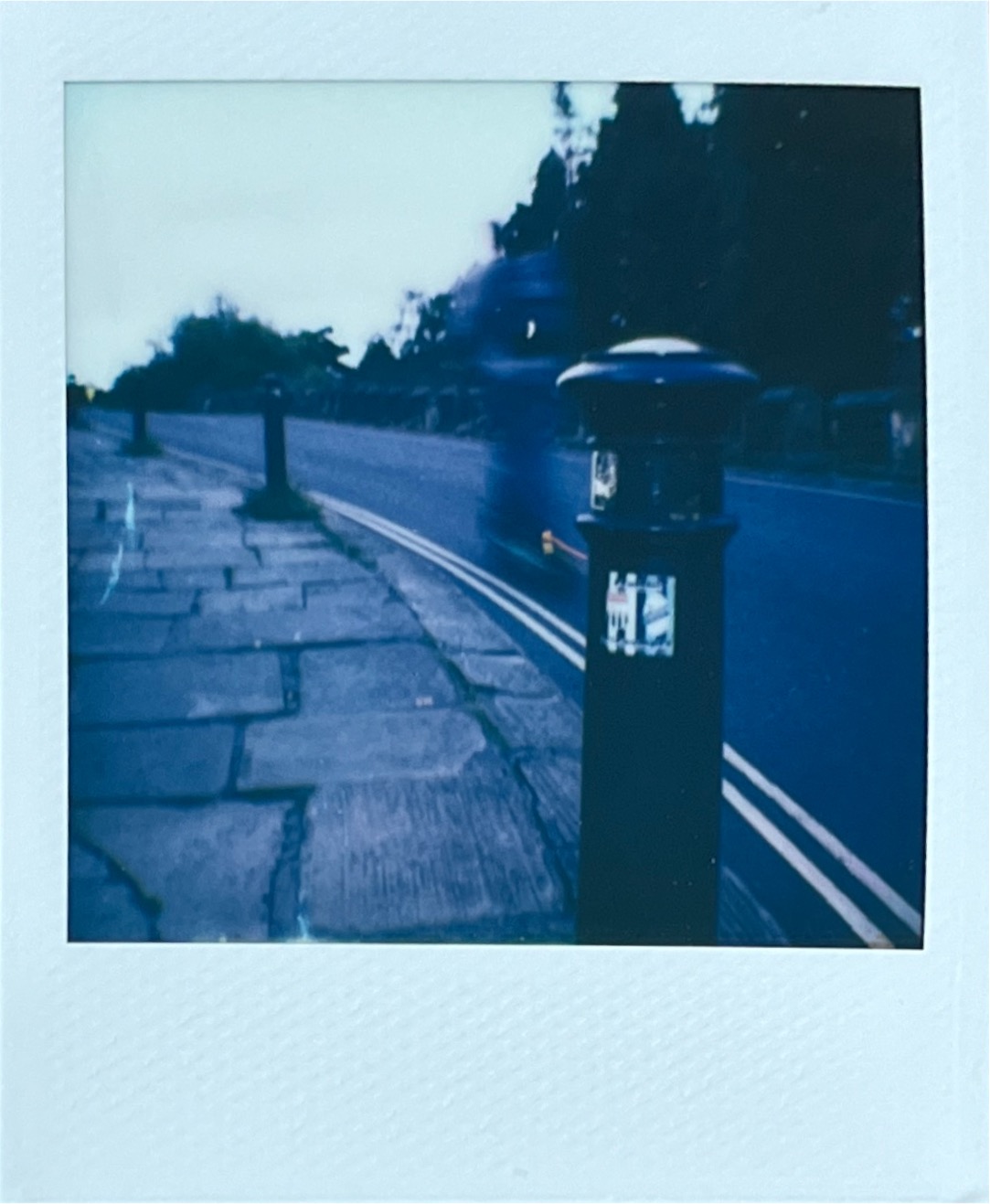












Polaroid film is much less saturated overall, with more pastel tones than vibrant hues. In my experience with the Polaroid Go film, there is some variance between packs, too. Some had a magenta cast, while others lent more to blue tones. Some even had a little blue stripe along the top edge. It's not a deal-breaker, but it's worth expecting a little more variety.
When you do nail it, though, there really is nothing else like it. The handful of properly brilliant images you shoot will spur you on, keeping you shooting in the hopes of replicating that.
In my experience, the best images from this camera come when you rescind any thought of photography and shoot simply to capture. As a test, I gave the camera to a young family member with a few shots left in the chamber. They loved it, and proceeded to capture images of family members which are the essence of what Polaroid is all about.
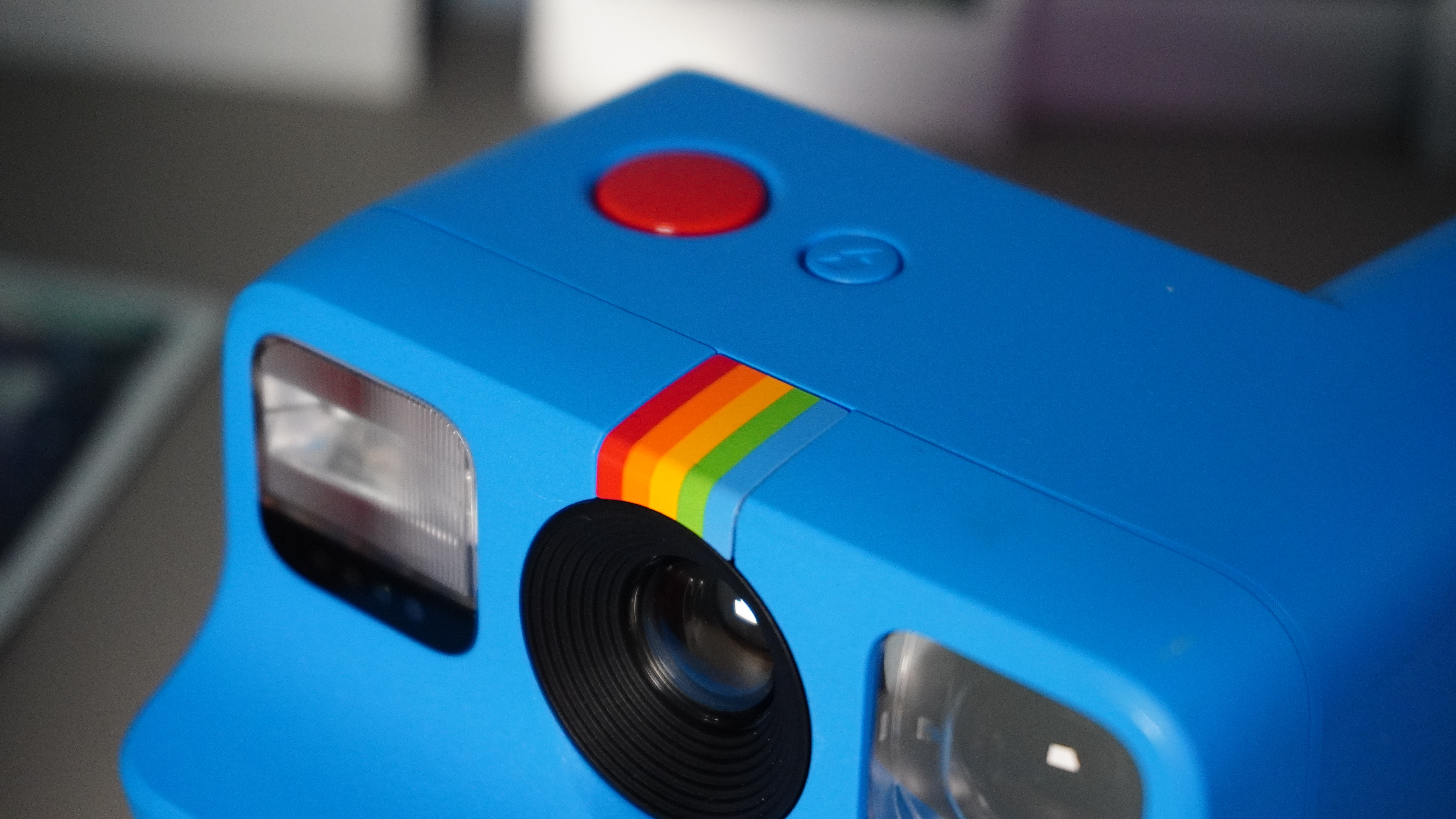
Polaroid Go (Gen 2) review: Verdict
If you are looking for tack-sharp imagery and stable film stocks, this isn't the camera for you. In fact, instant photography in general is probably worth a swerve. Go and grab yourself a mirrorless camera instead.
This is all about the experience of shooting quite possibly the most magical format there is. In that market, the Polaroid Go is a worthwhile addition.
Beyond that, though, I think it might just be the best embodiment of the form. It's compact and cute, with absolutely nothing to get in the way of having fun while taking photos. That makes it worth the cost of admission in my book.
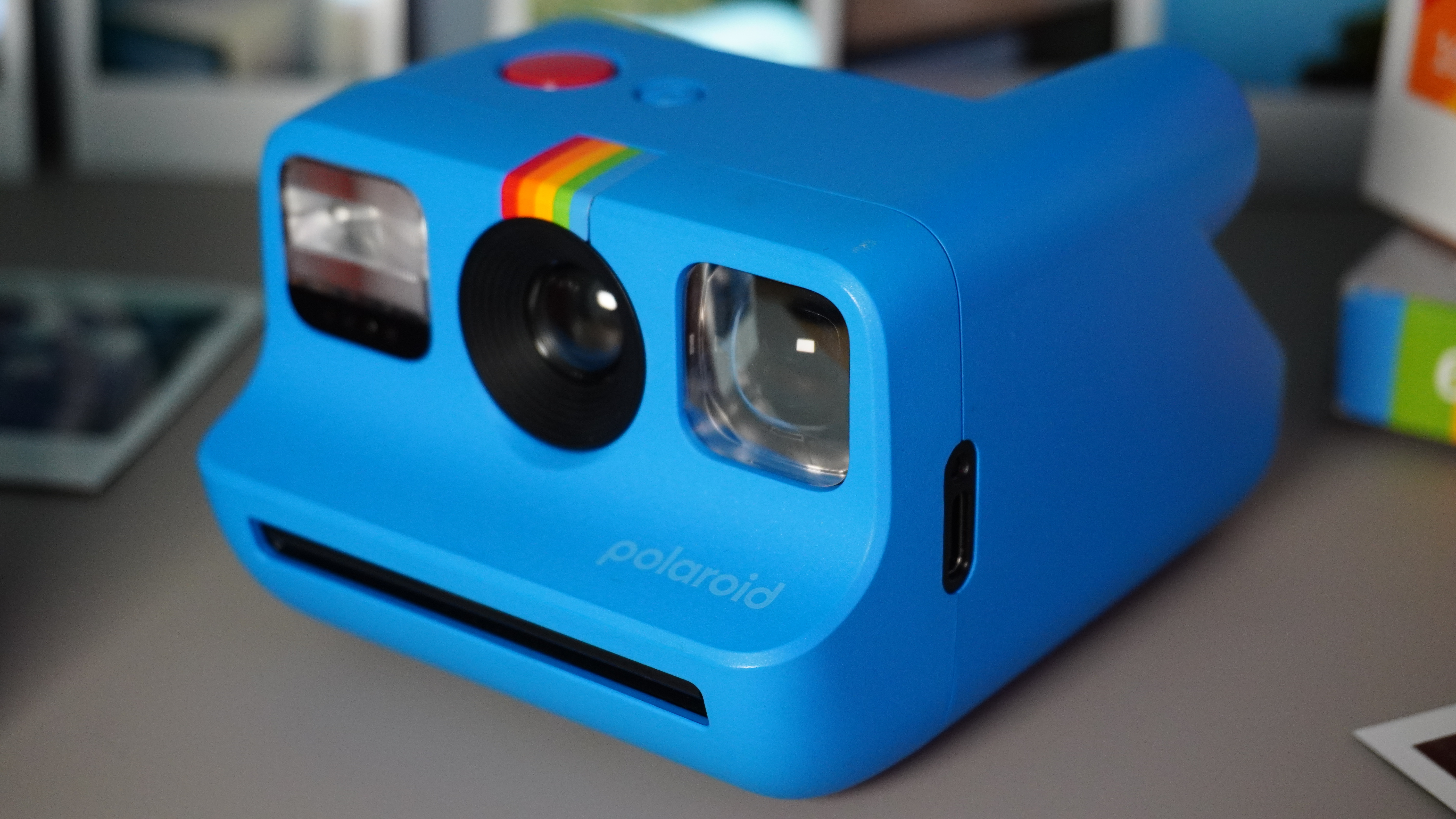
Polaroid Go (Gen 2) review: Also consider
If you are looking for the sharpest, most controllable instant camera out there, the Polaroid I-2 is worth a look. It features full manual control, should you so wish, and is a great – if pricey – option.
If you love the square format and simple operation, but want something a little sharper and more vivid, check out the Fujifilm Instax SQ40. That's a solid camera that takes great pictures – though it's a stretch more cumbersome than the Polaroid Go.

Sam is an award-winning journalist with over six years of experience across print and digital media. As T3’s Senior Staff Writer, Sam covers everything from new phones and EVs to luxury watches and fragrances. Working across a range of different social media platforms alongside his written work, Sam is a familiar face for fans of T3. When he’s not reviewing snazzy products or hunting for stellar deals, Sam enjoys football, analog photography and writing music.
